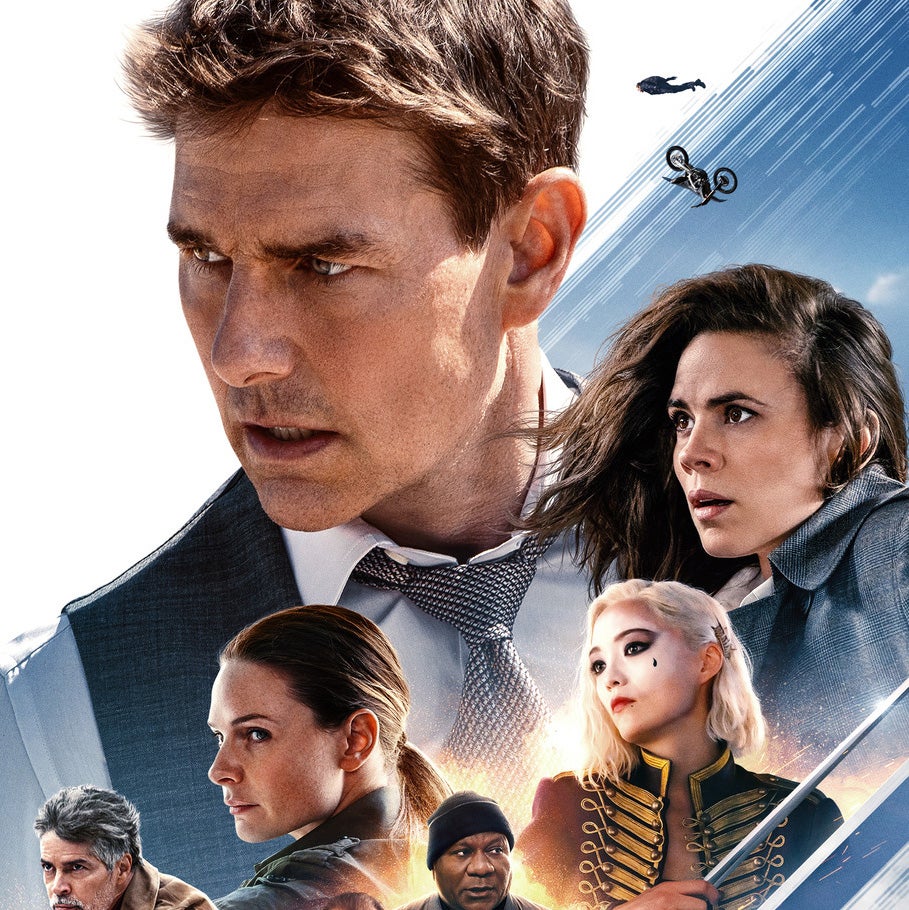Hitchhiker’s Guide to the Galaxy
Posted on April 27, 2005 at 1:53 pm
A-| Lowest Recommended Age: | 4th - 6th Grades |
| Profanity: | None |
| Nudity/ Sex: | Some kissing |
| Alcohol/ Drugs: | Drinking in pub |
| Violence/ Scariness: | Comic, cartoon-style violence |
| Diversity Issues: | Very diverse characters |
| Date Released to Theaters: | 2005 |
Arthur Dent (Martin Freeman of “The Office”) is in his bathrobe one Thursday morning, bumping his head, burning his toast, and engaging in a completely ineffectual protest of the new highway by-pass that has a flank of bulldozers ready to mow down his house. It is ineffectual first because the bulldozer operators seem perfectly willing to mow Arthur down to get to his house. But it is ineffectual second because there is an inter-galactic by-pass about to be built and Earth is about to be destroyed to get it out of the way.
Fortunately, it turns out that Arthur’s best friend, Ford Prefect (Mos Def) is an alien (the fact that he tried to shake hands with a car should have been a tip-off), so just before Earth explodes, Ford grabs Arthur and a couple of towels and sticks out his thumb to hitch a ride on a spaceship. And it turns out to contain Zaphod Beeblebrox, the president of the galaxy, (Sam Rockwell), Trillian, the woman of Arthur’s dreams (Zooey Deschanel), and a mopey robot named Marvin (voice of Alan Rickman).
Ahead of this group is a quest and a journey, and of course encounters with strange creatures like Vogans, who terrify their captives by reciting the third-worst poetry in the universe, Humma Kavula (John Malcovich), still seething at losing the presidential election to Zaphod, and a supercomputer that has the ultimate answer to the ultimate question. Ford and Arthur sort their way through it with the help of the title volume (voice of Stephen Fry), which is filled with helpful advice for every eventuality, starting with “Don’t panic!”
Adams’ book, written over 25 years ago, is a marvel of invention and understated humor that holds up very well but inevitably loses some subtlety in translation to the screen. There is a lot to look at, including aliens designed by Jim Henson’s Creature Shop and spaceships and special effects that hit just the right balance between impressive and funny. But the balance between story and funny is not calibrated quite as precisely and the central characters, once established (Arthur is befuddled and over-cautious, Zaphod is implusive and relies on superficial charm, Marvin is despodent), replay the same notes. The brief appearances by supporting players, especially Malcovich and Bill Nighy as Slartibartfast, are much more memorable and effective in capturing Adams’s wit and spirit. Purests will quibble about some liberties with the beloved (“and increasingly inaccurately named”) five-part “trilogy,” but overall the movie does a fine job of capturing both the wit and the heart of the books, and makes us, for a moment, miss Adams just a little less.
Parents should know that the movie has a lot of cartoon-style “action” violence, including space-age guns and other weapons. A character’s second head is removed (off-screen) and we see some blood. Minor characters are squashed and some creatures are injured. Characters drink in a pub.
Families who see this movie should talk about what information they would put into a guide for intergalactic visitors to Earth.
Families who enjoy this movie will also enjoy the hilarious outer space comedy Galaxy Quest, which also features Rickman and Rockwell, and the slightly more mature material in Tim Burton’s ghostly comedy Beetlejuice and Barry Sonnenfeld’s Men in Black. Families will also enjoy the novels by Douglas Adams, which are great fun to read aloud, and the BBC miniseries version, as well as Adams’ Dirk Gently stories and his non-fiction book, Last Chance to See
. Passionate fans of the series have created some informative and amusing websites like this one and this one. And they will enjoy the very funny books of Tom Holt, particularly Expecting Someone Taller
.






